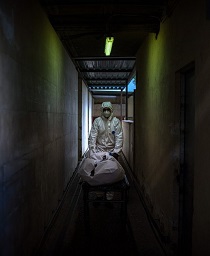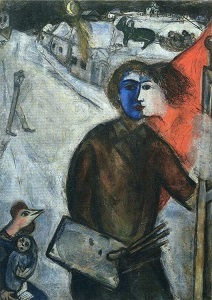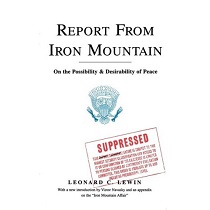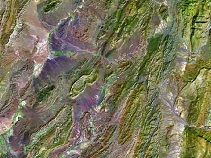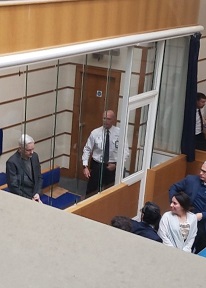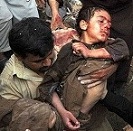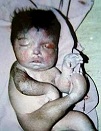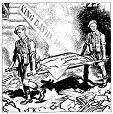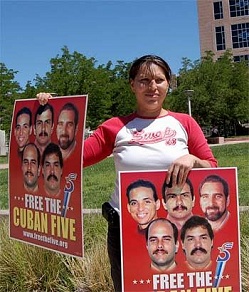Chile's ghosts are not being rescued

The rescue of 33 miners in Chile is an extraordinary drama filled with pathos and heroism. It is also a media windfall for the Chilean government, whose every beneficence is recorded by a forest of cameras. One cannot fail to be impressed. However, like all great media events, it is a façade.
The accident that trapped the miners is not unusual in Chile and the inevitable consequence of a ruthless economic system that has barely changed since the dictatorship of General Augusto Pinochet. Copper is Chile’s gold, and the frequency of mining disasters keeps pace with prices and profits. There are, on average, 39 fatal accidents every year in Chile’s privatised mines. The San Jose mine, where the men work, became so unsafe in 2007 it had to be closed – but not for long. On 30 July last, a labour department report warned again of “serious safety deficiencies ”, but the minister took no action. Six days later, the men were entombed.
For all the media circus at the rescue site, contemporary Chile is a country of the unspoken. At the Villa Grimaldi, in the suburbs of the capital Santiago, a sign says: “The forgotten past is full of memory.” This was the torture centre where hundreds of people were murdered and disappeared for opposing the fascism that General Augusto Pinochet and his business allies brought to Chile. Its ghostly presence is overseen by the beauty of the Andes, and the man who unlocks the gate used to live nearby and remembers the screams.

